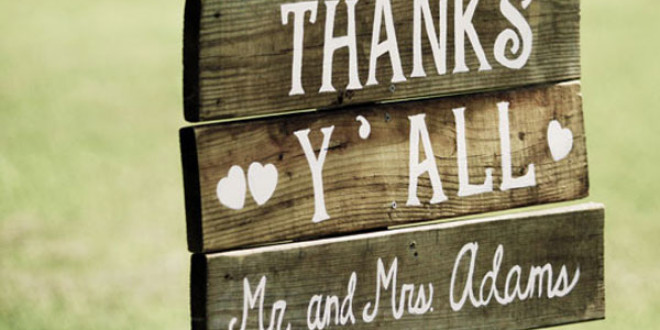[ad_1]
The Christian Orthodox wedding ceremony is quite different from the Catholic one. First of all, it may be Greek, Russian, Ukrainian or Lebanese. They all have very much in common with some differences as well.
Prior to filming in the church find out, whether you are allowed in the front of the altar, so you could see bride's and groom's faces or you have to stay behind the marrying couple. There are usually some restrictions different from church to church and from the priest to another priest, so be prepared. Discuss the range of your movement with the priest.
The altar itself in Orthodox Church is a sanctuary decorated with icons and lights with an ornamented door in the center. Nobody but the priest is allowed inside. You may be allowed to position yourself just outside of that door on the groom's or the bride's side, so you could see both the pries and the couple.
The couple does not speak too much during the ceremony. In Russian Church the priest usually asks if the bride and the groom have been baptized as Orthodox Christians, and after they confirm that, the question goes on. In the rest of Orthodox Churches that first question may be skipped and the priest proceeds to the next part, asking if the bride and the groom come on their own will and if they have not committed (or promised) to someone else. This question may happen at the door, as soon the couple enters the church, or in front of the altar prior to the ceremony. After the priest is satisfied with the answers, the ceremony commences, and the couple keeps silence until it's over.
You need to shoot the priest blessing the rings and placing them on bride's and groom's fourth finger of the right hand. It may as well be the best man who places the rings on groom's and bride's hands, or they may help each other. The ring usually goes half way through and places like that until the end of the ceremony.
Another key moment is crowning. The priest blesses two crowns, requests the bride and the groom to kiss crowns and passes crowns on to the best man or to the best man and the maid of honor (witnesses, friends, "druzhki" might be the other names of those participants) . The crowns are being held above marrying couple's heads and then later may be placed on their heads as the ceremony goes along. Then the couple is being offered red wine similar to Catholic tradition. The priest holds the cup in his hands and lets the couple to finish the wine in few takes.
The culination of the crowning is a processional walk around the altar table. The priest goes first being followed by the bride and the groom, and then by the best man and the maid of honor. The ceremony includes three circles around the table and is considered to be a wedding culmination, so keep rolling on all three rounds.
At the end the priest, while standing in the altar door, invites the couple to come closer and talks to them in plain language wishing them well and welcoming them to keep coming to the church.
During the ceremony the priest would be going into the altar and back outside, reading from the bible and singing. You should ask the couple prior to the ceremony if they want you to shoot everything he says. If this is the case, just continue rolling all the time, especially if you do not understand the language. If the couple lets you use your own discretion, do some beauty shots between shooting key moments: candles, icons, parents, children in the audience, reaction shots from the bridal party, wide shot from the back of the church, etc.
After the ceremony is over the couple leaves the church in very much the same way they would be leaving the Catholic church.
[ad_2]
Source by Andrei Filippov

